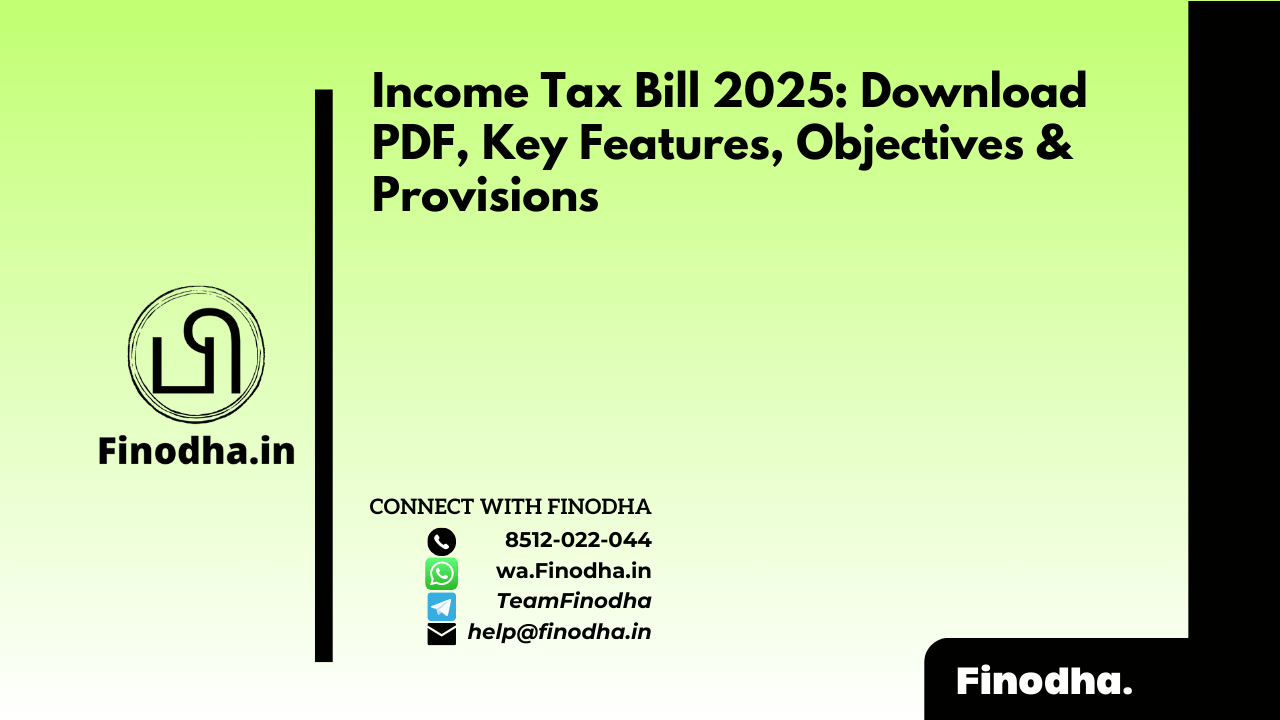Important keywords: Bollinger Bands, Stock Trading, Technical Analysis, Volatility Indicators, Trading Strategies, Market Trends, Day Trading, Stock Market Analysis, Market Volatility.
Table of Contents
Introduction: Bollinger Bands
Bollinger Bands, developed by John Bollinger in the 1980s, are a valuable tool for stock traders. These bands, based on volatility indicators, estimate a security’s price relative to previous trades. Understanding how to utilize Bollinger Bands can greatly enhance trading strategies.
1. Understanding Bollinger Bands: A Trader’s Swiss Army Knife
Bollinger Bands consist of three lines: the upper, middle, and lower band. The middle band is a moving average, with the trader choosing the parameters. The upper and lower bands flank the middle band based on a specified number of standard deviations, reflecting volatility and potential price levels.
2. Advantages of Bollinger Bands: Unveiling Market Insights
- Market Volatility Gauge: Bollinger Bands provide a dynamic measure of volatility, guiding traders on potential market movements.
- Trend Strength Indicator: The position of the bands relative to the middle band helps traders assess the strength and direction of a trend.
- Trade Timing: Utilizing Bollinger Bands can aid in identifying optimal entry and exit points in the market.
3. Limitations of Bollinger Bands: Know Before You Trade
- Reactivity, Not Predictability: Bollinger Bands are reactive and lagging indicators, reacting to price movements rather than predicting them.
- Market Noise Sensitivity: In highly volatile or choppy markets, Bollinger Bands may generate misleading signals due to excessive price fluctuations.
- Not Standalone Indicators: Bollinger Bands should be used in conjunction with other indicators or analysis methods for robust trading decisions.
FAQ:
Q: Can Bollinger Bands predict stock prices?
A: No, Bollinger Bands are reactive tools that respond to price movements but do not predict future prices.
Q: How can Bollinger Bands aid in day trading?
A: Bollinger Bands help day traders identify potential trends and reversals, assisting in decision-making for buying or selling assets.
Example for Indian Readers:
Imagine you’re trading stocks in the Indian market. By using Bollinger Bands, you can analyze the stock’s volatility and potential price movements. This assists in deciding when to buy or sell for maximum gains.
Key Takeaways:
- Strategic Tool: Bollinger Bands are indispensable for traders, providing crucial insights into market volatility and trend strength.
- Precision in Trading: Integrating Bollinger Bands in your trading strategy can enhance trade timing and decision-making.
- Continuous Learning: Understanding both the advantages and limitations of Bollinger Bands is essential for effective use in trading.
Conclusion:
In the realm of stock trading, having the right tools at your disposal is paramount. Bollinger Bands offer a window into market dynamics, assisting traders in making informed decisions. By mastering their application, you can gain an edge in navigating the complexities of the stock market.
-
Income Tax Bill 2025: Download PDF, Key Features, Objectives & Provisions
Explore the Income Tax Bill 2025—lower tax rates, increased deductions, and anti-tax evasion measures for a simplified and efficient tax system in India.
-
Advantages of Company | Why Incorporation Is Beneficial
Discover the advantages of company formation, including limited liability, better fundraising options, credibility, and long-term business growth.
-
What Is Retail Business? | Meaning, Types & Benefits
What is retail business? Learn its definition, types, and how it connects products with consumers while driving sales and customer satisfaction.
Popular Tags:
Capital gains (21) CGST (277) Chapter VI-A (15) e-Compliance Portal (21) E-Verify (20) economic growth (21) F&O Trading (29) F.No.354/117/2017-TRU (23) F. No. CBIC-20001/4/2024-GST (15) Financial planning (15) financial stability (17) GST (1424) IGST (222) Income from House Property (17) Income Heads (16) Income Source (14) Income tax (111) Income Tax Account (15) Income Tax Filing (20) Indian context (22) Indian investors (16) ITR-3 (19) ITR Form (20) P&L Statement (24) PAN (13) Risk Management (20) Salary Income (19) Section 7(1) UTGST Act 2017 (14) Section 8(1) UTGST Act 2017 (26) section 9 (18) section 10 (28) section 15 (13) section 25 (17) section 39 (24) section 49 (16) section 50 (16) section 51 (13) Section 52 (16) Section 54 (13) section 73 (20) section 74 (21) SGST (223) Speculative Income (14) Trading Income (33) UTGST (78)




